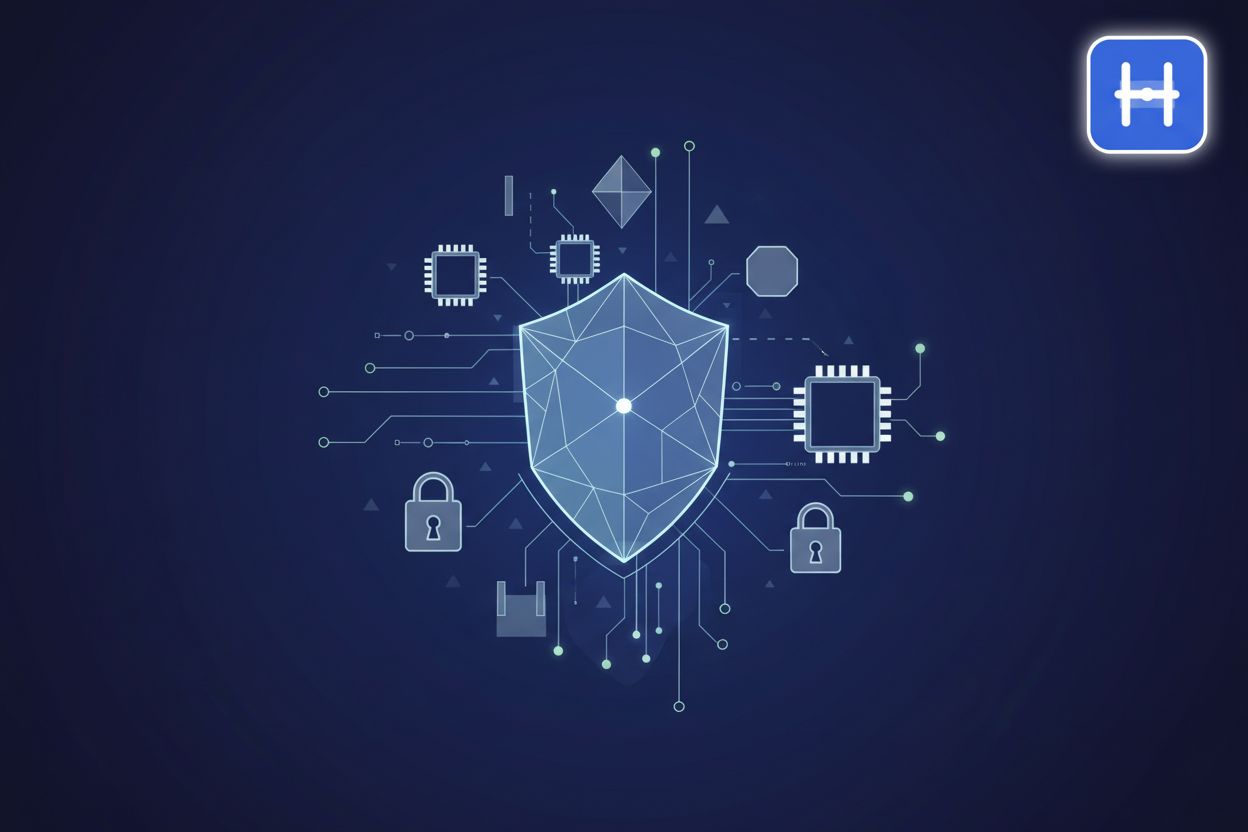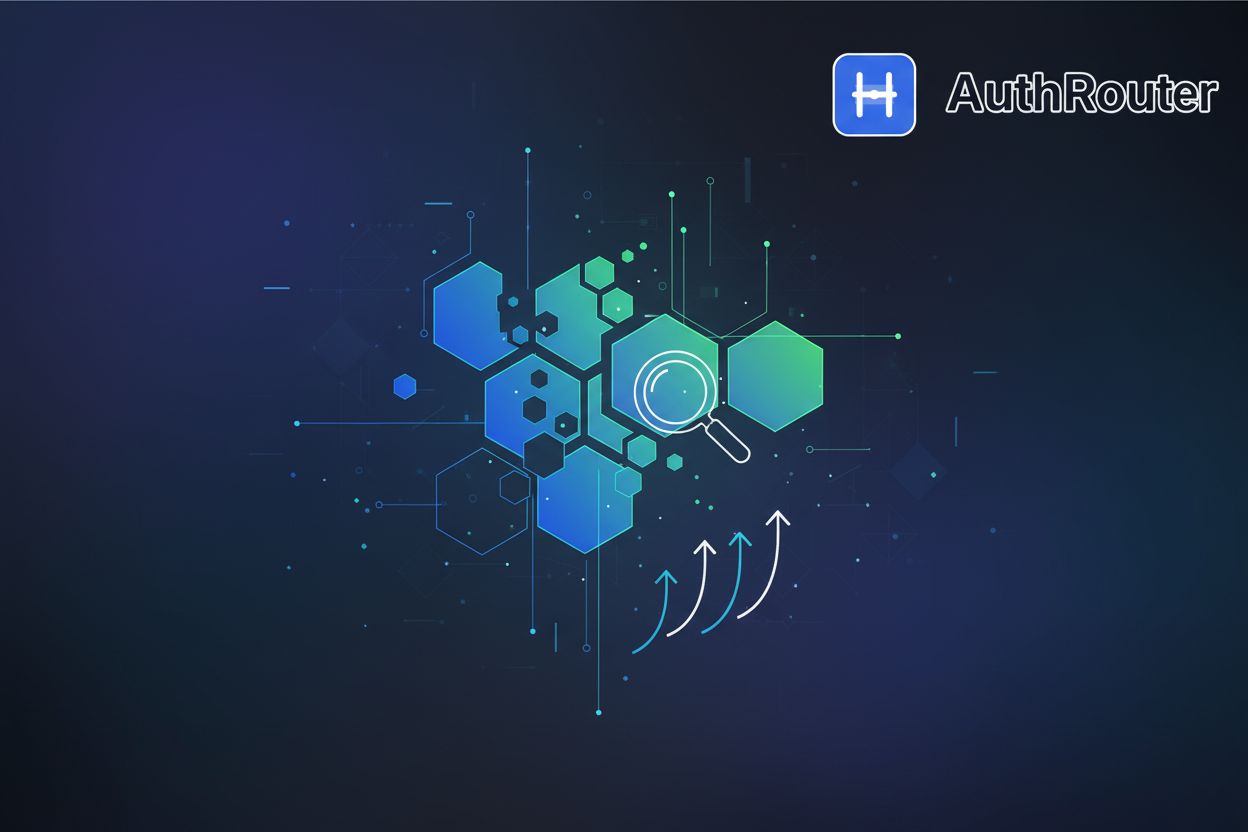Passwordless Authentication Methods
TL;DR
The Growing Need for Passwordless Authentication
Okay, so passwords, right? We all hate 'em, but we're stuck with 'em. Or are we? Turns out, there's a growing movement to ditch passwords altogether. And honestly? It's about time.
- Traditional passwords? They're basically an open invitation for hackers. Breaches and phishing attacks are, like, the thing these days. (Phishing Trends Report (Updated for 2025) - Hoxhunt)
- Then there's password fatigue. trying to remember a bunch of complex passwords is a nightmare. What happens? People reuse the same weak password for everything. Big no-no.
A recent report, or maybe it was just something I read on a blog, suggests that, like, a huge percentage of security incidents? They're all password-related. (16 billion passwords exposed in colossal data breach - Cybernews) Can't remember the exact numbers, but it's bad.
Passwordless authentication, on the other hand, offers some serious perks.
- First off, enhanced security. No password, no password vulnerabilities, right? It's like taking away the bad guys' favorite toy.
- Plus, it makes things way easier for users. Simpler logins, faster access. Who doesn't want that? Instead of getting locked out of your account because you forgot your password, you can use something that you have like a phone or something you are like your fingerprint. (Microsoft Entra passwordless sign-in)
- And get this: it can even save companies money. Fewer password resets mean less work for the IT support team. And that's always a win.
So, yeah, passwordless is looking pretty good right now. Next up, we'll dive into the different ways you can actually do passwordless authentication.
Exploring Key
Okay, so we've established passwords are the worst. Now, how do we actually get rid of 'em? Turns out, there's a bunch of cool ways to do this passwordless thing, so let's dive in.
FIDO2 – or Fast identity online 2 – and passkeys are kinda the new standard for passwordless, and it's based around something called public-key cryptography. (What Is FIDO2? | Microsoft Security) Basically, it uses a fancy math trick with keys to prove you are who you say you are. hid global notes that passkeys, which are based on FIDO, are supported by tech giants like Google, Apple, and Microsoft, making it a solid choice for both personal and enterprise use.
- Think of it like this: you have a private key only you have, and a public key that the service knows. When you log in, your device uses the private key to sign a challenge, and the service checks it with the public key. Boom, you're in!
- And get this: because it's based on public key cryptography, it's super resistant to phishing. No password to steal, no phishing!
- It works on pretty much everything these days. Windows Hello, macOS, even your browser probably supports it.
Biometrics are another big player, and it's all about using what makes you, you, to log in. Fingerprints, facial recognition, iris scans – the whole shebang.
- The great thing about biometrics is, well, it's convenient! No need to remember anything, just use your face or finger.
- Plus, it's pretty secure, since, you know, it's hard to fake a fingerprint.
- Of course, there's some privacy considerations. Do you really want your face scanned all the time? And what happens if the system messes up and doesn't recognize you? We're talking about sensitive data here, so it's important to understand how it's handled. Ideally, biometric data is processed on-device and not sent to the cloud, or it's heavily anonymized.
Push notifications and magic links are another way to skip passwords, and they're pretty easy to use.
- With push notifications, you get a message on your phone asking if you're trying to log in. Tap "yes," and you're in. Simple as that.
- Magic links are similar, but instead of a push notification, you get an email with a link. Click the link, and you're logged in.
- The cool thing about these methods is they're real-time, so you know right away if someone's trying to access your account. Just remember that magic links are usually time-sensitive, and it's crucial that the email transmission itself is secure to prevent interception.
So, that's a quick rundown of some key passwordless authentication methods. Next up, we'll look at public key infrastructure (pki) and how it can fit into your passwordless strategy.
Understanding Public Key Infrastructure (PKI) in Passwordless Authentication
Before we dive into the nitty-gritty of implementation, it's super important to get a handle on Public Key Infrastructure, or PKI. You might have heard of it, but how does it actually tie into passwordless authentication?
Think of PKI as the system that manages digital certificates and public-key encryption. It's the backbone that makes secure communication and identity verification possible without relying on passwords.
Here's the lowdown on how PKI plays a role in passwordless:
- Digital Certificates: PKI issues and manages digital certificates. In passwordless scenarios, these certificates are often used to bind your identity to a specific device or credential. When you use something like a FIDO2 key or a passkey, it's essentially using a digital certificate (managed by PKI) to prove your identity.
- Public-Key Cryptography: As we touched on earlier, passwordless methods like FIDO2 heavily rely on public-key cryptography. PKI provides the framework for generating, distributing, and managing the public and private key pairs used in these systems. Your device holds the private key, and the service you're logging into holds the corresponding public key. PKI ensures these keys are managed securely.
- Trust and Verification: PKI establishes a chain of trust. When a service receives a login attempt using a passwordless method, it can verify the digital certificate associated with that attempt against a trusted Certificate Authority (CA) within the PKI. This verification process confirms that the credential is legitimate and hasn't been tampered with.
- Enabling Secure Key Exchange: PKI facilitates the secure exchange of public keys between parties. This is crucial for setting up secure communication channels and for the initial registration of passwordless credentials.
Essentially, PKI provides the underlying security and trust mechanisms that allow passwordless authentication methods to work reliably and securely. It’s the invisible infrastructure that ensures your private key stays private and your public key can be trusted by the services you use.
Implementing Passwordless Authentication: A Strategic Approach
So, you're ready to ditch passwords? Smart move. But jumping straight in? That's how projects get messy, real fast. You need a plan.
First things first, assess your organization's needs. What works for a small startup ain't gonna cut it for a huge enterprise, you know?
- Think about who needs access to what. Not every app needs the same level of security. The ceo's email? Yeah, that's Fort Knox material. The breakroom coffee machine's wifi password? Probably not so much.
- Check out your existing tech. Will your old systems even play nice with passwordless? You don't want to end up with a bunch of incompatible stuff.
- And, like, how sure do you need to be that it's really the right person logging in? High-stakes stuff needs stronger verification, obviously.
Now, the fun part – actually making the switch. Don't go cold turkey, though. That's a recipe for user revolt. Instead, think about a phased rollout.
- Start small. Pick a team or department to test things out. See what works, what doesn't. Get some feedback. Learn from the inevitable hiccups.
- Make sure your passwordless methods slot in nicely with what you already got. No one wants to juggle a million different login systems.
- And for gods sake – train your users! Show them how it all works, why it's better, and how to get help if they get stuck.
With a solid strategy in place, you're well on your way to a smoother transition. Now, let's talk about the practicalities and potential roadblocks you might encounter.
Overcoming Challenges and Ensuring Security
Okay, so you're all in on passwordless, huh? Awesome! But let's be real; it's not all sunshine and rainbows. There's definitely some bumps in the road you gotta watch out for.
What happens when someone loses their phone, which is, like, their key to everything now? You need a solid recovery plan. Maybe temporary access passes, like, that Microsoft Entra ID offers.
Accessibility is a big one. Not everyone can use biometrics. What about folks with disabilities? Gotta make sure there's alternative options that are inclusive, not exclusive.
And, yeah, biometrics are cool, but... what about privacy? A fingerprint is pretty personal, you know? You need crystal-clear policies on how that data's stored and used. We're talking about sensitive data here, so it's important to understand how it's handled. Ideally, biometric data is processed on-device and not sent to the cloud, or it's heavily anonymized.
Don't just "set it and forget it." Passwordless tech is always evolving. Gotta keep those authentication protocols and systems up-to-date, or you're just asking for trouble.
MFA is still your friend. Even with passwordless, adding another layer of security is never a bad idea. This is where Multi-Factor Authentication (MFA) really shines in a passwordless world. Instead of a password as the first factor, you might use your device (like a FIDO2 key or a registered phone) as the first factor. Then, a second factor could be a biometric scan (fingerprint, face ID) or a PIN entered on your device. This combination provides robust security without the hassle of traditional passwords. Microsoft Entra ID makes this point pretty clearly.
Keep an eye on things. Monitor for weird login attempts, unusual activity. If something looks fishy, jump on it fast.
Honestly, it's about being proactive, not reactive. Plan for the what-ifs, stay vigilant, and you'll be way ahead of the game. So, what's next? Let's talk about the future of passwordless and where all this is heading.
The Future of Authentication
Okay, so we've talked a lot about getting rid of passwords. But what's next, you know? Where is all this heading? Let's take a peek into the crystal ball, shall we?
First off, expect biometrics to get even more sophisticated. Think beyond just fingerprints and faces, ai is gonna get involved. We're talking vein mapping, voice recognition, the whole shebang. These advancements coupled with ai-driven authentication are going to make it harder for those pesky hackers to get through.
- There's also this whole decentralized identity thing that's gaining traction. Instead of relying on big companies to manage our identities, we'll control our own data, this way it's more secure. This approach often leverages technologies like blockchain and verifiable credentials, allowing individuals to store and share their identity attributes selectively and securely, without a central authority holding all the keys. It's a significant shift from current centralized identity management systems.
- And of course, standards and regulations are gonna keep evolving. Governments and industry groups are working on, like, making sure that passwordless authentication is secure, private, and fair for everyone.
So, how do you get ready for all this? Well, stay informed obviously, and keep up with the latest and greatest in authentication methods and best practices.
- Invest in flexible and scalable authentication infrastructure. You don't wanna get stuck with a system that can't handle new technologies or a growing number of users.
- And, most importantly, don't forget about the user experience. Make sure your authentication strategies are easy to use, convenient, and secure. The easier it is for people to log in, the more likely they are to actually use the security features, right?
Ultimately, the future of authentication is all about finding the right balance between security and convenience. And, honestly? It's looking pretty bright.



